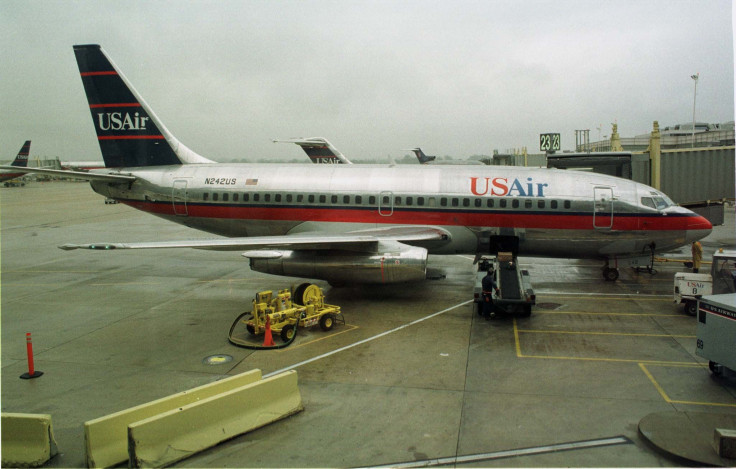FAA Refuses To Regulate Airline Seating, Says Sequence Of Evacuation Is Key
The Federal Aviation Administration (FAA) said in a letter Tuesday that it did not come across any immediate safety issue that could necessitate rule-making, thus refusing to regulate seat spacing in airlines.
The letter was in response to a petition, filed by consumer group Flyers Rights in a federal appeals court in April, which claimed that the tightly packed seats could hamper the speed of evacuations. FAA wrote that timeline and evacuation sequence are the key aspects. The dimensions of the seats or an increase in passenger seat size do not impact the speed, it said.
“The time it takes passengers to get out of their seats, even if those seats are relatively narrow and close together, is less than the time it takes for the emergency exits to begin functioning,” FAA wrote adding that there is "no evidence that a typical passenger, even a larger one, will take more than a couple of seconds to get out of his or her seat.”
Jeffrey Gardlin, the senior technical specialist for aircraft cabin security at FAA said, “Passengers, regardless of their size, all use those first few seconds to get out of their seats, then either enter the aisle or wait to enter the aisle,” local daily USA Today reported. “However, the FAA has not seen any evidence that girth, in the current American population, meaningfully affects the speed at which a person can exit their seat or enter the aisle, or that girth otherwise creates an evacuation issue.”
Flyers Rights had claimed that in many airlines, the distance between a passenger’s seat and the one directly in front has decreased from an average of 35 inches to 31 inches and the seat width has decreased from 18.5 inches to 17 inches.
Flyers Rights President Paul Hudson dismissed FAA’s conclusion saying, “The FAA says that it has seen no evidence that passenger size, age or physical capacity effects evacuation time because it refuses to do testing that actually reflects the current passenger population and shrunken seats and aisle widths in any realistic way.”
“We’ll be reviewing it, but it’s likely we’ll be going back to the appeal court,” he added.

In July last year, the U.S. Court of Appeals in Washington D.C. appealed to FAA to consider setting minimum standards for seat spacing.
“As many have no doubt noticed, aircraft seats and the spacing between them have been getting smaller and smaller, while American passengers have been growing in size,” Judge Patricia Ann Millett wrote on behalf of the three-judge panel.
Brent D. Bowen, a professor at the Embry-Riddle Aeronautical University’s Prescott, Arizona campus, said, “This is like a carte blanche to let the airlines do whatever they want. It is a free ticket to narrow seats and put in more rows of passengers.”
He added that smaller seats make people grumpy and irritable and some of them do not fit in the smaller seats on the back of the plane, the Washington Post reported.
© Copyright IBTimes 2024. All rights reserved.




















